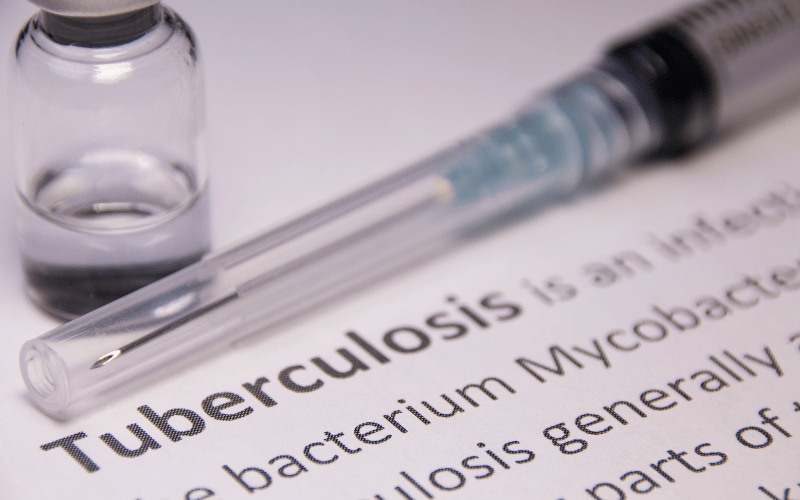Cause 9: Tuberculosis

Tuberculosis (TB) has been a public health concern for centuries. Caused by the Mycobacterium tuberculosis bacteria, it primarily affects the lungs but can wreak havoc on other parts of the body, including the parotid glands. While not the most common cause, TB-induced parotitis is noteworthy, especially in areas where the disease is endemic.
When we hear of TB, the lungs are the immediate organs that come to mind. However, TB is adept at targeting other organs and tissues. In parotid tuberculosis, the bacteria find their way to the salivary glands, either via the bloodstream or from adjacent lymph nodes. Once there, they replicate and incite an inflammatory response.
Parotid TB might present as a slow-growing, painless swelling near the ear. As it progresses, the overlying skin may become red, warm, and tender. Unlike other forms of parotitis, the swelling associated with TB might feel firmer to the touch. Sometimes, a sinus or tract might form, draining pus that can have a cheesy consistency.
Diagnosing TB in the parotid gland can be challenging due to its rarity. Fine needle aspiration or a biopsy is often performed to identify the bacteria. Once confirmed, the treatment mirrors that of pulmonary TB. A combination of antibiotics, taken for several months, remains the cornerstone of therapy.
Even though TB might seem like a disease of yesteryears, it persists in many parts of the world. Recognizing its ability to manifest in less conventional areas like the parotid gland ensures timely intervention and better health outcomes. (9)